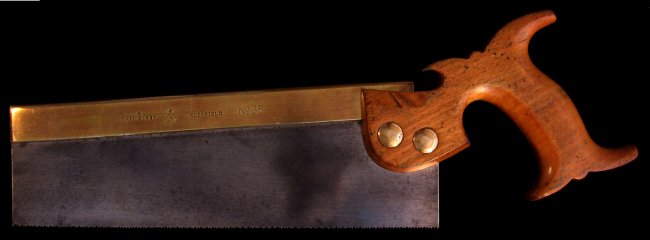inandout
Member
Having recently taught myself to sharpen a dovetail saw (using various links from these forums) my questions are, if I tune up an old vintage dovetail saw will it ever be as good as a Wenzloff, Lie Nielsen Adria etc. Is there any inherent deficiency in the metal of vintage saws compared to modern day ones. Is there a particular vintage maker (pistol grip) that is recommended?
Thanks.
Andrew
Thanks.
Andrew

































